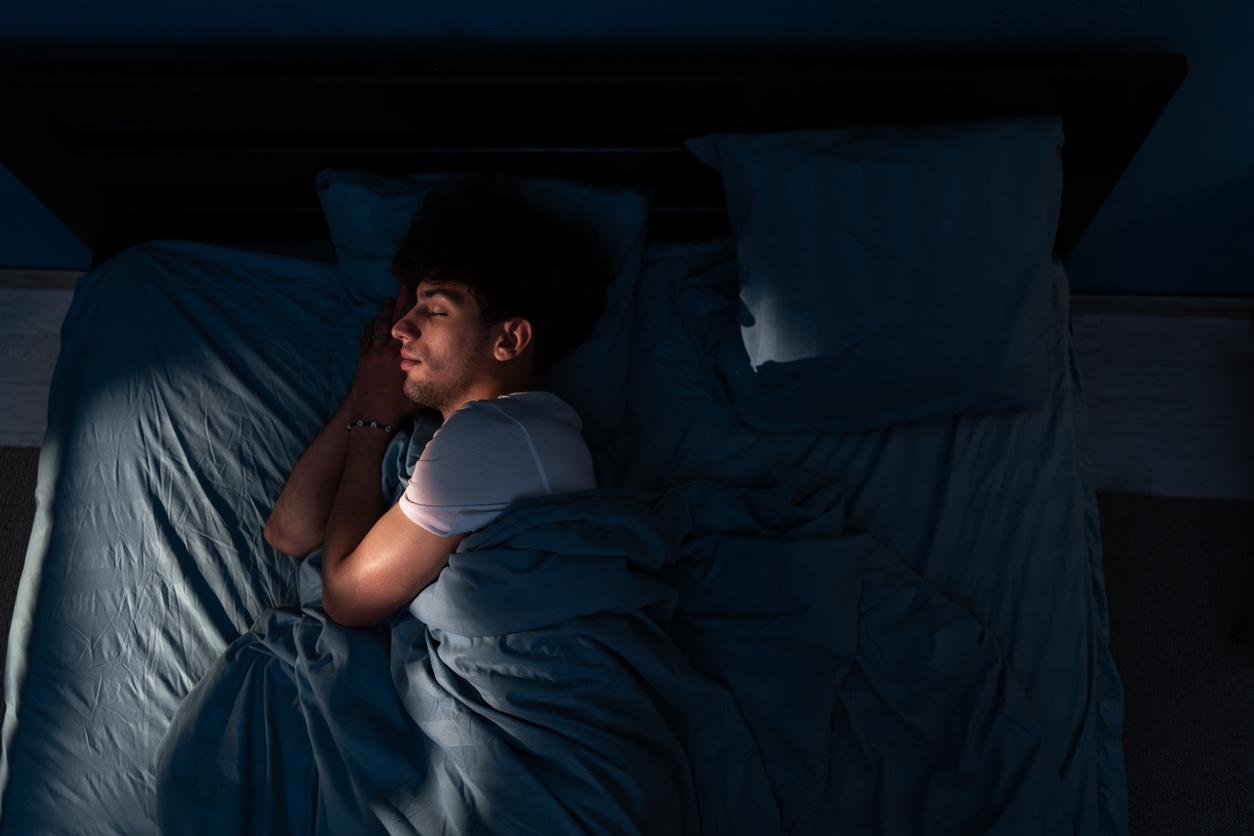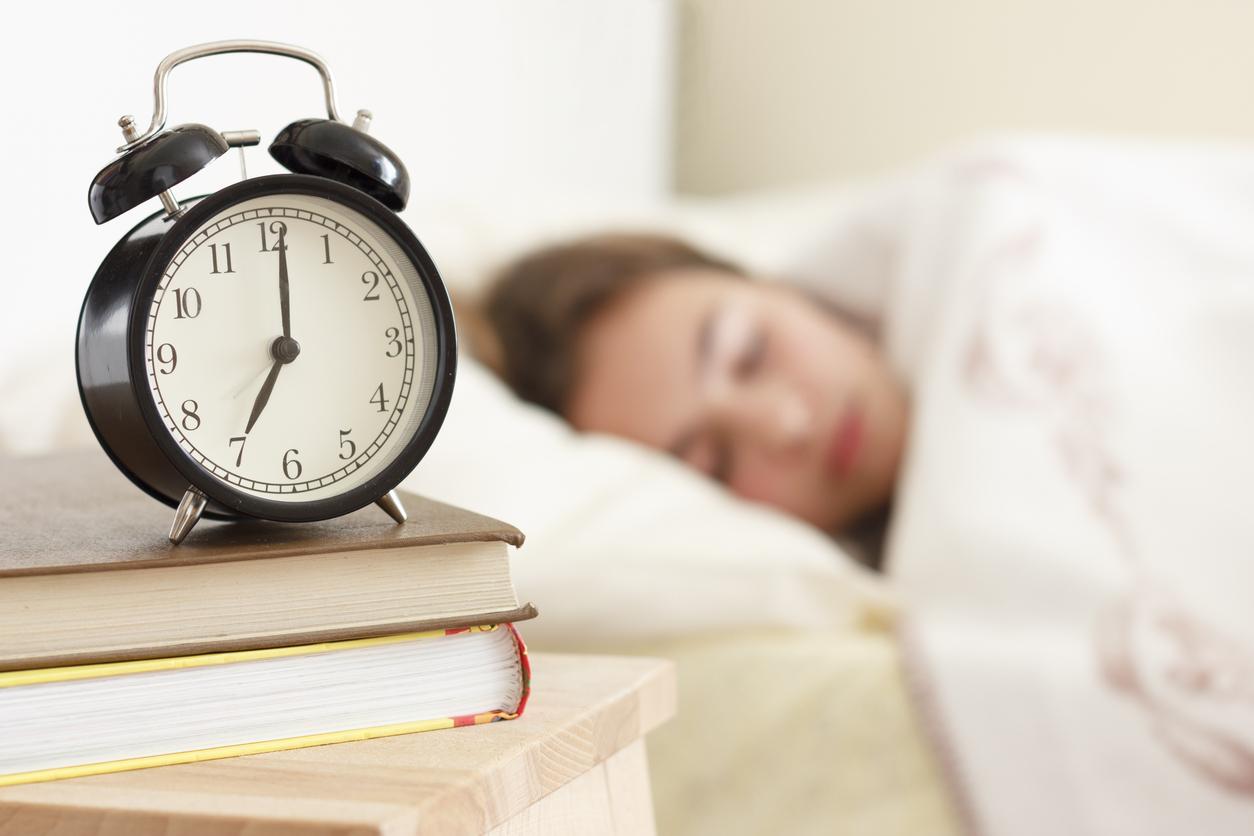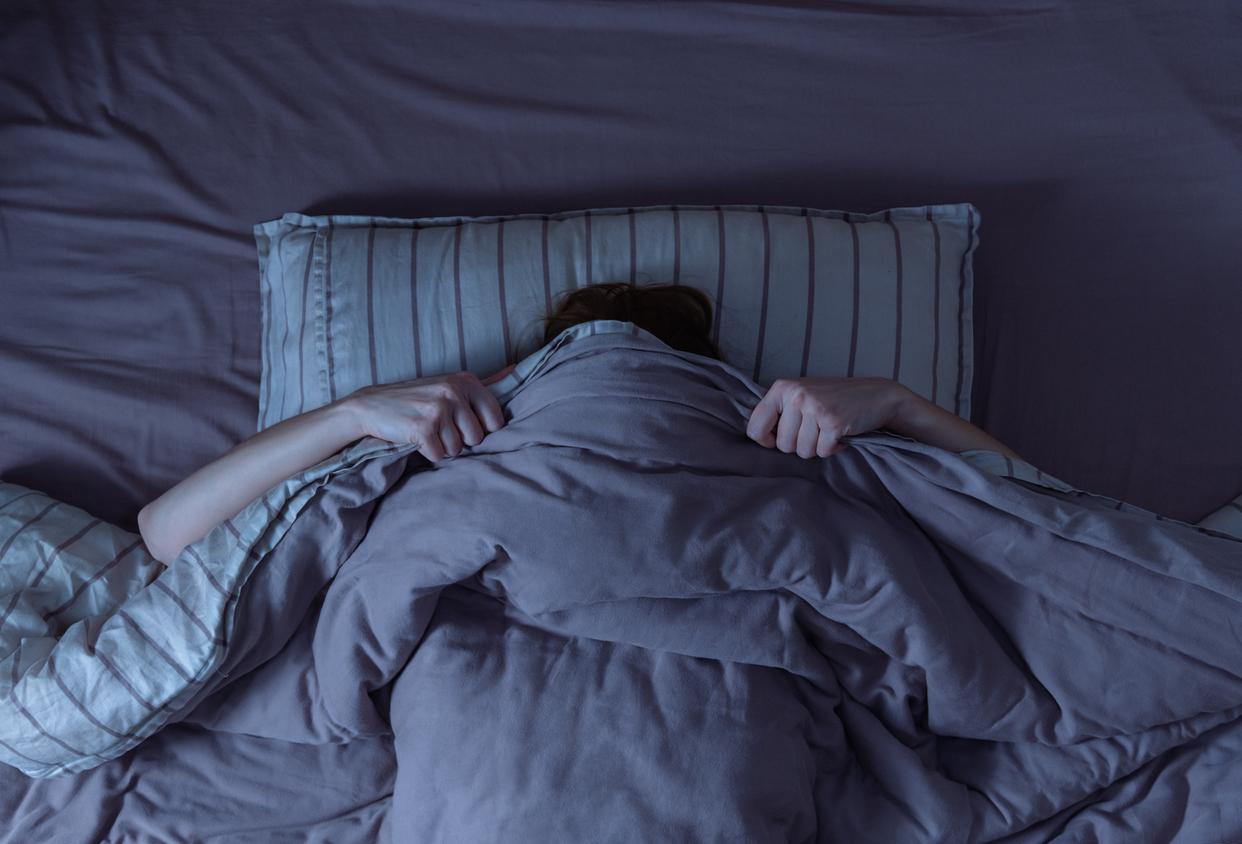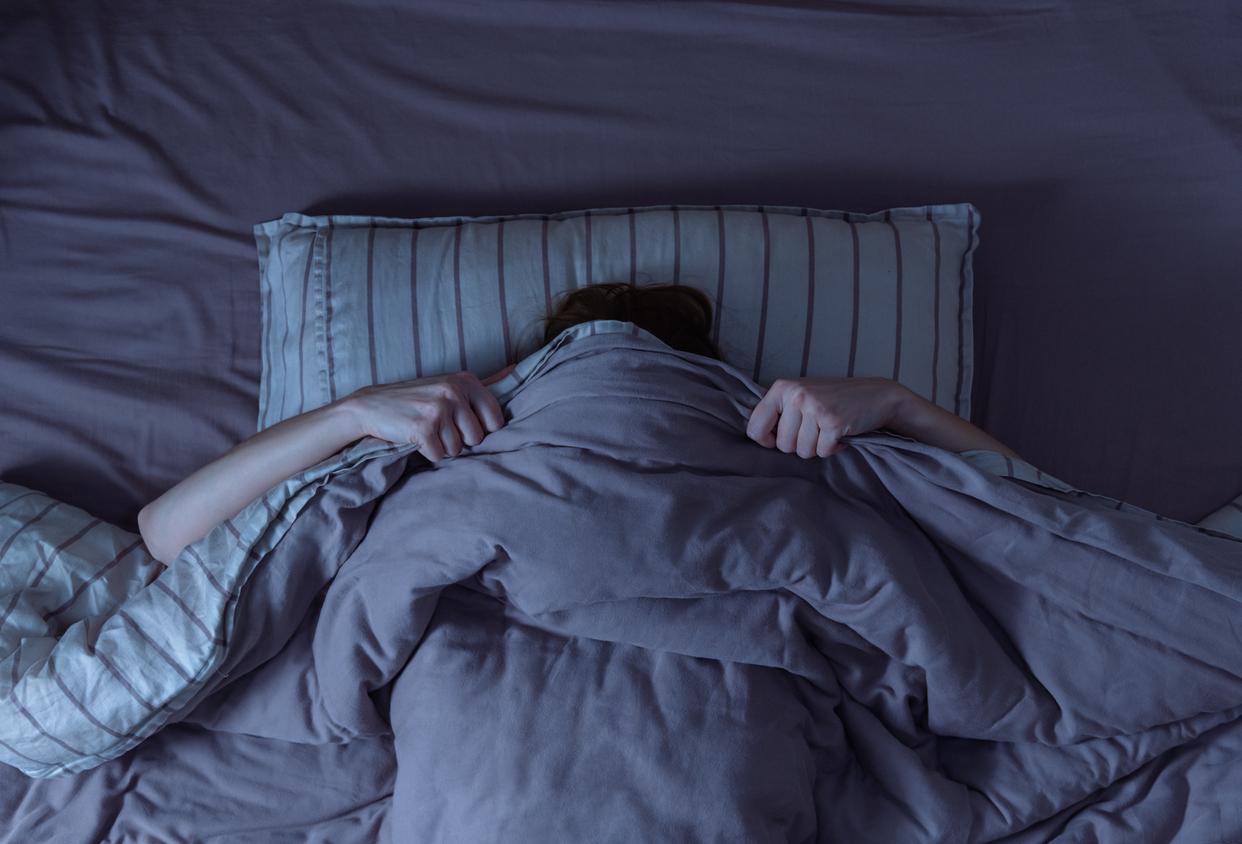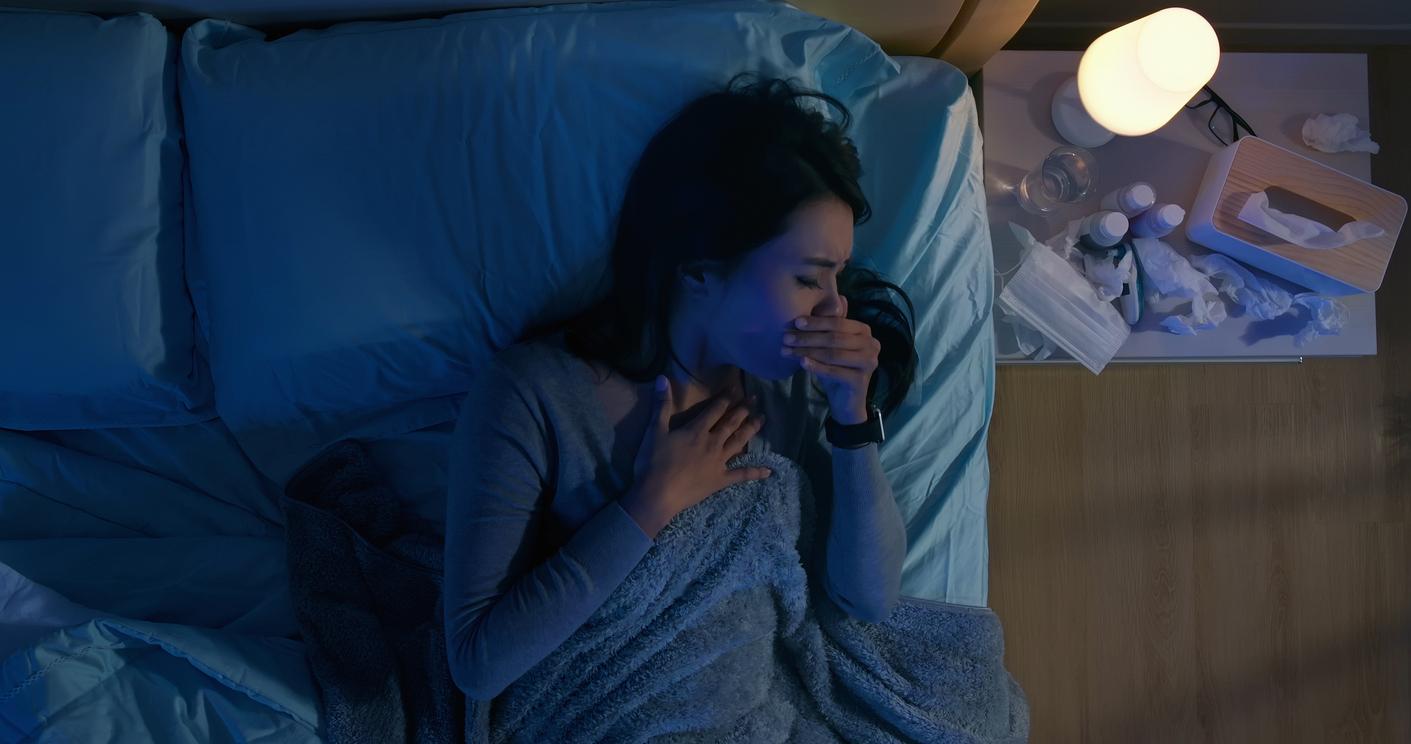Continuous positive airway pressure devices deliver airflow to the airways of people with sleep apnea at night. The device is connected to a mask that is worn on the face, by a flexible hose.
On June 14, the manufacturer Philips sleep apnea therapy devicesdiscreetly announced on its website that it was recalling several of its models marketed because of the health risks associated with the use of these devices.
At the origin of the recall of these machines by Philips, the degradation of the sound-absorbing foam of certain devices which releases chemical particles. That Polyester based polyurethane foam, minimizes the noise produced by the device when it is used at night. But since it is located in the air passage of the device, theMicroscopic plastic dust is sent deep into the lungs, causing irritation and ENT disorders. They are even potentially carcinogenic.
93% of devices have not yet been replaced
However, despite these health risks, the recall of defective devices has been carried out at very low speed since June 2021. To the point that, according to the National Medicines Safety Agency, 93% of potentially dangerous devices are still in circulation.
“As of June 2021, France Assos Santé had denounced the manufacturer’s communication strategy intended mainly to reassure its investors, without consulting the ANSM about the conduct to be taken towards sick people” underlines the Association of patients. The latter has again alerted in nlast november on the lack of information of the people concerned and the slowness of the replacement of the devices.
Towards a “respiratorgate”?
Last Friday, February 11, a class action lawsuit was launched by nearly 200 patients who suffer from sleep apnea against the Philips group, to expedite the recall process for defective sleep apnea devices.
Two procedures will thus be launched: one in civil proceedings to obtain a compensation for moral damage for anxiety, and the other criminally for endangering the lives of others and administering harmful substances, for patients with a disease that can be attributed to the inhalation of polyurethanes or the use of a defective continuous positive pressure device.
But other patients could soon join them because registrations for this collective action are still in progress, on the MyLeo platformaround the lawyer Christophe Léguevaques, lawyer at the Paris bar and specialist in collective actions (it was he who notably obtained the condemnation of Merck in the Levothyrox case).
Is there a risk of cancer or not?
In order to assess the potential risks, including the potential risk of cancer, linked to the use of these machines and to change the actions to be taken if necessary, the ANSM will soon to convene a committee of experts, made up of health professionals, scientists and patient associations. “At the same time, we are evaluating the possibility of launching an independent epidemiological study based on data collected by home health providers and those of the National Health Data System (SNDS).
For its part, France Assos health also requests that all studies be carried out now “to finally objectify the risk of cancer potentially induced by exposure to defective equipment”.
[#ApnéeSommeil] @Fr_Assos_Sante welcomes the health policy decision of @ansm against #Philipsand calls for all studies to be carried out immediately to objectify the potential risk of cancer due to exposure to defective equipmenthttps://t.co/Cnm3SNha0w
– France Assos Health (@Fr_Assos_Sante) February 15, 2022
Remember that this is the testimony of a 44-year-old man, who uses one of these devices every night to treat his sleep apnea and who, when he came to consult for a persistent cough, learned that he was suffering from lymphoma, a cancer of the lymph nodes, which ended up alerting public opinion to the lack of safety of the Philips brand continuous positive pressure devices. “I learned by chance that there was a recall campaign for my device and I have not received any letter or communication from Philips. I would like to know why I was not contacted, of course, I would like to know if the machine is the cause of my cancer“, he had declared on the antenna of RMC.
As this 44-year-old patient points out, like the other patients concerned, who have created a Facebook page to warn about this problem, they have not received any email, message or call from their pulmonologist, from Philips or from the service provider, while Philips “recommends stopping use of the device in view of the identified risks described in the notification” and specifies that it is “important to consult the doctor to determine the most appropriate options for continuing treatment”.
ANSM recommends not stopping treatment
For its part, the National Medicines Safety Agency (ANSM) brought together the various stakeholders at the start of the week to request that the procedure for replacing the machines be accelerated. As precised on his sitePhilips estimates that it will be able to supply 50% of the fleet of devices concerned by the end of the first quarter of 2022, 75% by mid-2022 and should have replaced all the machines by the end of 2022.
In the meantime, the ANSM recommends not interrupting the treatment. “Stopping treatment presents a proven short-term risk, for example aggravation of respiratory failure. According to the first data available, the risk of cancer linked to the use of these devices is not proven. emphasizes the agency.
It is also not recommended to set up a filter: “Preliminary tests carried out on a bench show a reduction in the efficiency of the device and can cause additional breathing difficulties. In addition, a filter does not does not affect the release of volatile compounds”.
Which CPAP devices are affected by the recall?
In France, this recall involves the following continuous positive airway pressure devices:
- REMstar Pro, Auto, Expert (DreamStation, PR1 / SystemOne, Q-series)
- BiPAP Auto
- DreamStation Go
The recall affects devices manufactured between November 2009 and April 2021.
Read also :
- Memory lapses: sleep apnea may be involved
- Sleep apnea increases the risk of Alzheimer’s disease









